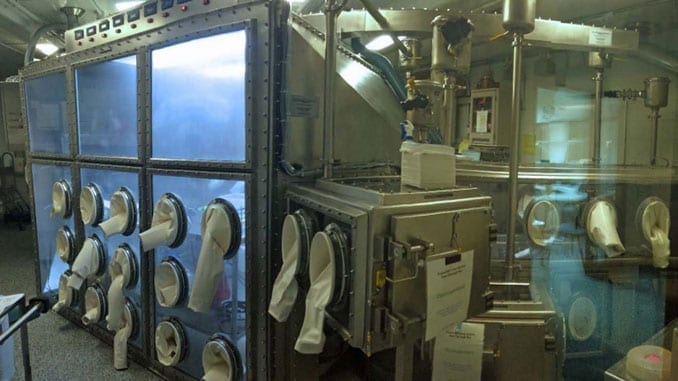
The U.S. Environmental Protection Agency has published a report focused on decontaminating railcars and related materials in the event of a biological incident in a subway system.
In the event of a biological incident in a transportation hub, effective remediation of railcars, subway tunnels and stations will require the use of various decontamination approaches. One potential decontamination tool that could be used in such an event is the fogging of sporicidal liquids, the focus of this study.
The research was in support of the Department of Homeland Security’s (DHS’s) Underground Transport Restoration (UTR) Program which was established to identify potential methods for rapid characterization, cleanup, and clearance of biological contamination in an underground transit system.
As part of this UTR Project, EPA’s Office of Research and Development, National Homeland Security Research Center (NHSRC) is evaluating multiple methodologies for decontamination. This study focused on the efficacy of fogging to decontaminate a variety of subway railcar materials contaminated with Bacillus anthracis (Ames strain) spores.
Multiple variables were investigated to assess their effect on decontamination efficacy, including spore species, railcar or tunnel material, fogger types, air temperature, sporicidal liquid, quantity of liquid fogged, and location within the test chamber.
Read the report: Decontamination of Subway Railcar and Related Materials Contaminated with B. anthracis Spores via the Fogging of Peracetic Acid and Aqueous Hydrogen Peroxide.

